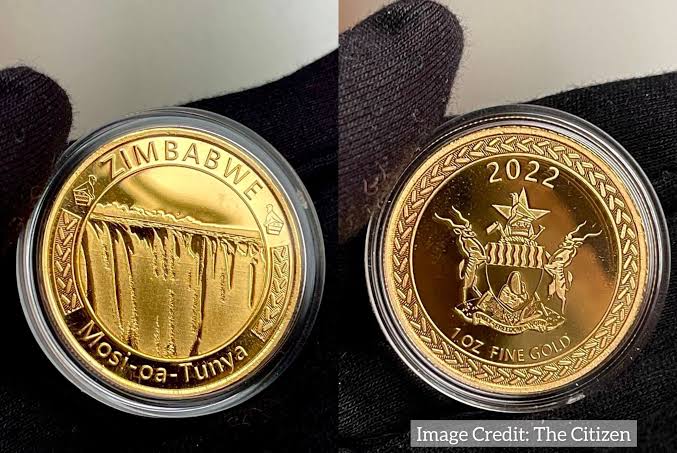 THE country’s economy is now reaping the fruits of President Emmerson Mnangagwa’s directive to grow reserves which has helped stabilise the local currency and create a foundation for future growth.
THE country’s economy is now reaping the fruits of President Emmerson Mnangagwa’s directive to grow reserves which has helped stabilise the local currency and create a foundation for future growth.
It is standard practice for a well-functioning economy to maintain a certain level of foreign currency and gold reserves essentially to provide an import cover for the country for a minimum of three months and in Zimbabwe’s case, vaults were virtually empty about two years before President Emmerson Mnangagwa gave a directive to mining companies to pay royalties in physical commodity.
Just before the launch of the ZiG currency in April last year, 1.5 tonnes of reserves had been accumulated and when President Mnangagwa paid a surprise visit to the Reserve Bank of Zimbabwe this Thursday, he witnessed 3.4 tonnes of reserves.
The gold reserves worth US$701 million sufficiently cover the gold-backed ZiG currency in circulation translating into the stability of ZiG in the foreign exchange market which has also manifested in low monthly inflation levels of just below one percent for the two months running up to May.
This milestone guarantees the country of its own stable currency towards attaining a mono-currency regime in the future, but additionally, it has seen Zimbabwe ranking number six in Africa in reserves in just over two years when it started accumulating these reserves.
The RBZ has set sights on creating a buffer of at least five tonnes of gold reserves by the end of the year, with several central Banks in Southern Africa reaching out to the Reserve Bank of Zimbabwe to tap into its expertise in gold reserves management framework.

